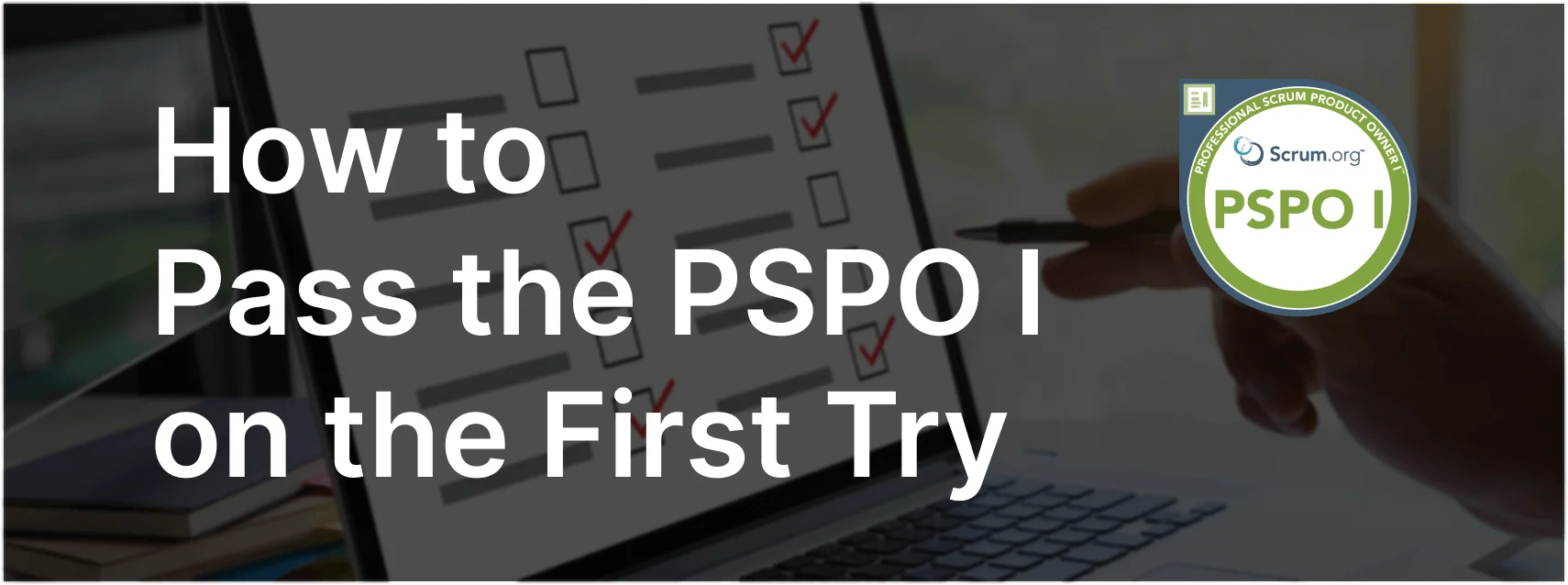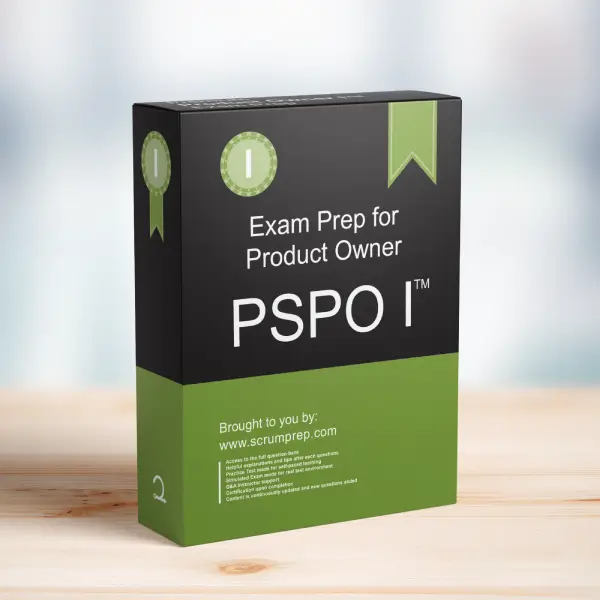Creating Scrum Teams in Line with Scrum Values
Forming Scrum Teams in a manner that aligns with Scrum values is crucial for fostering collaboration, self-management, and ownership within the team. This article explores effective methods for creating Scrum Teams that uphold these values.
Exam Question
Which two ways of creating Scrum Teams are consistent with Scrum’s values?
(choose the best two answers)
A. Managers collaborate to assign individuals to specific teams.
B. Existing teams propose how they would like to go about organizing into the new structure.
C. The Chief Product Owner determines the new team structures and assignments.
D. Managers personally re-assign current subordinates to new teams.
E. Bring all the people together and let them self-organize into Scrum Teams.
Correct Answers
B. Existing teams propose how they would like to go about organizing into the new structure.
E. Bring all the people together and let them self-organize into Scrum Teams.
Explanation
Correct Answers
B. Existing teams propose how they would like to go about organizing into the new structure:
Allowing existing teams to propose their structure leverages the team’s knowledge and respects their self-managing capabilities. It promotes ownership and ensures that teams are formed based on existing dynamics and strengths.
E. Bring all the people together and let them self-organize into Scrum Teams:
This method aligns with the core Scrum value of self-management. By enabling individuals to self-organize, it encourages team members to take responsibility for their structure and fosters a collaborative environment from the outset.
Incorrect Answers
A. Managers collaborate to assign individuals to specific teams: While this might ensure that all necessary skills are covered, it undermines the self-managing aspect of Scrum, where teams should have the autonomy to organize themselves.
C. The Chief Product Owner determines the new team structures and assignments: This approach centralizes decision-making and does not align with Scrum’s values of self-organization and team autonomy.
D. Managers personally re-assign current subordinates to new teams: Similar to answer A, this method does not support the self-managing principle of Scrum. It can also lead to teams that lack cohesion and ownership over their work.
Responsibilities in Scrum
- Product Owner: While not directly involved in forming teams, the Product Owner benefits from having well-formed, self-managing teams that can efficiently deliver value.
- Scrum Master: Facilitates the process of team formation, ensuring that it aligns with Scrum values. Supports and coaches teams in self-organization.
- Developers: Participate actively in the self-organization process, ensuring that the team has the necessary skills and dynamic to achieve their goals.
Relevance to the PSPO I Exam
Understanding the correct ways to form Scrum Teams is essential for the PSPO I exam. It highlights the importance of self-management and the autonomy of teams, which are key principles in Scrum.
Key Takeaways
- Self-organizing teams are a fundamental aspect of Scrum.
- Allowing teams to propose their structure promotes ownership and leverages existing team dynamics.
- Self-organization fosters a collaborative and autonomous team environment.
Conclusion
Creating Scrum Teams in a manner consistent with Scrum values is critical for building effective, self-managing teams. By promoting self-organization, teams are more likely to take ownership and work collaboratively towards their goals. For more information on preparing for the PSPO I exam, visit our PSPO I Exam Prep.


